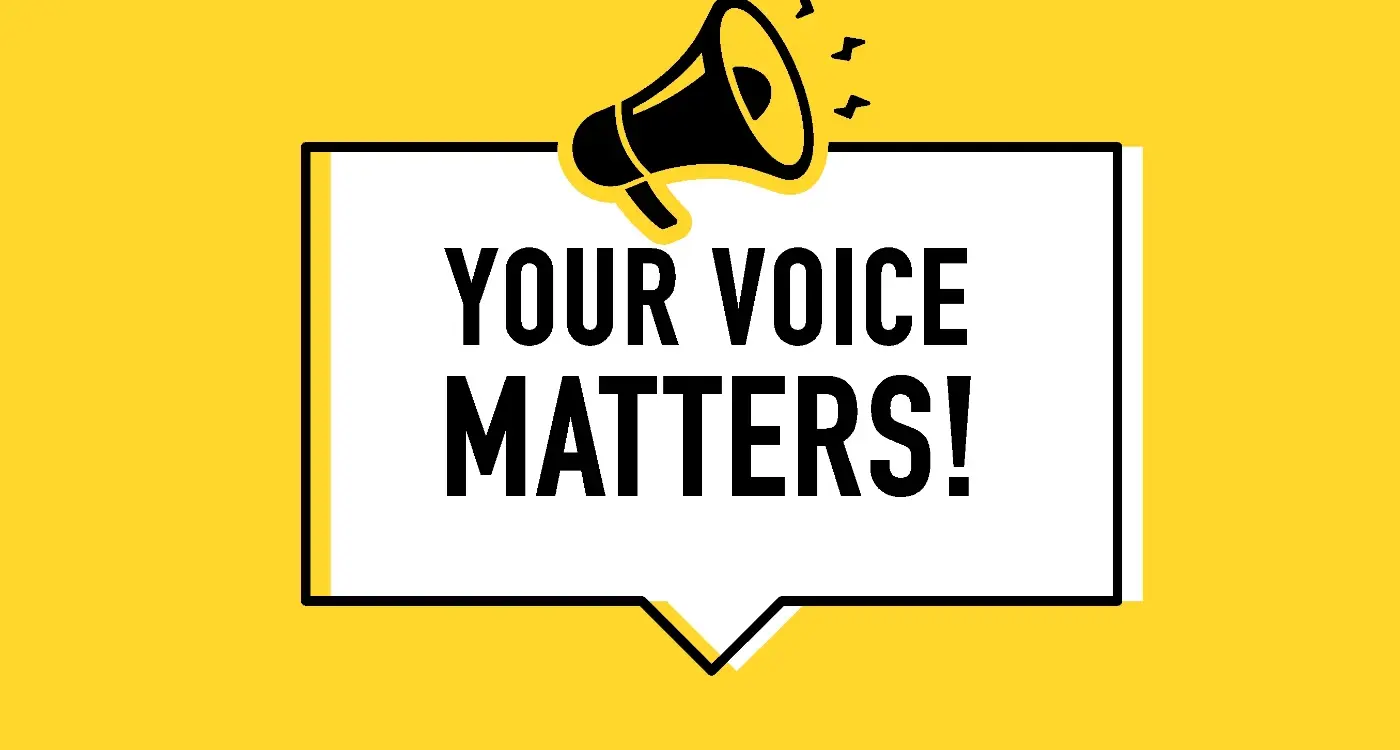Can I Use Social Features in My App?
Social features in mobile apps have become a bit of a hot topic lately—and for good reason. I've been working with clients for years who ask me whether they can add social functionality to their apps, and the short answer is: absolutely! The longer answer involves understanding what you're getting into, which is exactly what this guide will help you navigate.
When we talk about social features mobile apps, we're looking at everything from simple sharing buttons to full-blown community platforms. App social integration isn't just about slapping a Facebook login onto your app and calling it a day (though that's certainly part of it). We're talking about creating genuine connections between your users, building communities, and giving people reasons to come back to your app again and again.
The best social features don't feel like an afterthought—they feel like the natural way people would want to interact with your app anyway
Now, before you get too excited about turning your simple calculator app into the next social media platform, there are some practical considerations we need to discuss. Mobile social functionality requires careful planning, the right technical setup, and—perhaps most importantly—a clear understanding of whether your users actually want these features. Trust me, I've seen plenty of apps try to force social elements where they simply don't belong!
What Are Social Features in Mobile Apps
Social features are basically any part of your app that lets users connect with other people. Think of them as the bits that make your app feel less lonely—they're what turn a solo experience into something you can share with friends, family, or even complete strangers who happen to love the same things you do.
I've worked on hundreds of apps over the years and I can tell you that social features come in all shapes and sizes. Some are obvious, like letting people post photos or send messages to each other. Others are more subtle—maybe it's just showing how many other people have completed the same fitness challenge as you, or letting users rate and review content that others have created.
The Social Spectrum
What makes this interesting is that social features aren't just for social media apps. I've added them to fitness apps, shopping apps, educational apps, even simple utility apps. A recipe app might let you share your cooking successes; a budgeting app could allow families to track expenses together; a meditation app might have community challenges.
The key thing to understand is that social features are about connection and shared experiences. They make people feel like they're part of something bigger than just them and their phone screen—and that's pretty powerful stuff when you get it right.
Types of Social Features You Can Add
When I'm working with clients on app social integration, the conversation usually starts with "we want social features" but then gets a bit vague. That's perfectly normal—there are loads of different mobile social functionality options out there, and knowing which ones fit your app can be tricky.
Let me break down the most popular social networking features apps tend to use. User profiles are your starting point; people love having their own space where they can add photos, write bios, and show off their achievements. Then you've got the sharing features—letting users post content to Facebook, Twitter, or Instagram directly from your app. Comments and ratings are brilliant for app community building; they get people talking and coming back for more.
Core Social Features to Consider
- Social login (sign in with Facebook, Google, Apple)
- Friend connections and following systems
- In-app messaging and chat
- Activity feeds and timelines
- Photo and video sharing
- Leaderboards and competitions
- Reviews and recommendations
- Group creation and management
Start small with just one or two social features rather than trying to build everything at once—you can always add more later based on how your users actually behave.
The key is picking features that make sense for your specific app. A fitness app might focus on leaderboards and achievement sharing, whilst a recipe app might prioritise photo sharing and reviews. Social media APIs make most of these features much easier to implement than building from scratch.
Benefits of Adding Social Features to Your App
Look, I'll be straight with you—adding social features to your app isn't just about keeping up with trends. After working with countless clients over the years, I've seen firsthand how these features can completely transform an app's success. The biggest win? User engagement goes through the roof when people can share, comment, and connect with others. It's human nature really; we love showing off our achievements and seeing what our mates are up to.
Keeping Users Coming Back
Social features create what we call 'sticky' behaviour. When users build connections within your app—whether that's following friends, joining groups, or sharing content—they're much less likely to delete it. Think about it: would you delete WhatsApp when all your family chats are there? Probably not. The same principle applies to any app with social elements.
Built-in Marketing That Actually Works
Here's something brilliant about social features: your users become your marketing team without even realising it. Every time someone shares their progress, posts a photo, or invites a friend, they're promoting your app for free. It's authentic word-of-mouth marketing that money can't buy. Plus, people trust recommendations from friends far more than traditional advertising—and the data backs this up every single time.
Technical Requirements for Social Features
Right, let's talk about the technical side of things—because adding social features mobile apps isn't just about having a brilliant idea. You need the proper foundation to make it all work smoothly. Think of it like building a house; you wouldn't start with the roof, would you?
Backend Infrastructure
Your app needs a robust backend to handle all the social networking features apps users will be throwing at it. Real-time messaging requires WebSocket connections, user profiles need databases that can scale, and don't get me started on handling image uploads from thousands of users simultaneously! Your servers need to be ready for the unexpected traffic spikes that come with mobile social functionality.
The biggest mistake I see developers make is underestimating the server load that social features create—it's not just about storing data, it's about moving it around in real-time
Security and Privacy
This bit is absolutely non-negotiable. When you're building app community building features, you're handling personal data, private messages, and user-generated content. You need proper encryption, secure authentication, and robust moderation tools. Social media APIs come with their own security requirements too—each platform has different rules about data handling and user privacy that you must follow to the letter.
Popular Social Media APIs and Platforms
When it comes to adding social features to your app, you don't need to reinvent the wheel—most major platforms offer APIs that let you tap into their existing networks. I've worked with dozens of these over the years, and some are definitely easier to work with than others!
The Big Players
Facebook's Graph API is probably the most comprehensive option out there. It gives you access to user profiles, friend lists, and posting capabilities. Instagram's Basic Display API works brilliantly for photo sharing features, whilst Twitter's API v2 is perfect if you want real-time updates or hashtag functionality. Don't overlook LinkedIn's API either—it's brilliant for professional networking features.
Beyond the Obvious Choices
YouTube's Data API is fantastic for video content integration, and Google's People API can handle contact importing smoothly. TikTok recently opened up their API too, which is exciting for apps targeting younger audiences. Discord's API is worth considering if you're building gaming or community-focused features.
Here's the thing though—each platform has different rules, rate limits, and approval processes. Some require detailed app reviews before you can access certain features. Facebook, for instance, can be quite strict about data usage. Plan for this early; getting API approval can take weeks, not days. I always recommend starting the application process well before you need the integration live.
Designing Social Features That Users Love
I'll be honest with you—designing social features mobile apps that people actually want to use is trickier than you might think. I've seen countless apps with social functionality that feels like it was bolted on as an afterthought, and users can smell that from a mile away. The secret isn't about cramming every possible social feature into your app; it's about understanding what your users genuinely want to share and how they want to connect.
Start by asking yourself what moments in your app are naturally shareable. Maybe it's when someone completes a workout, finishes a level in your game, or creates something they're proud of. These are the golden opportunities where app social integration feels natural rather than forced. I've noticed that the best social networking features apps are the ones where sharing enhances the core experience rather than distracting from it.
Keep your social features simple and focused. Users would rather have one brilliant sharing option than five mediocre ones that clutter up their experience.
Making Social Feel Natural
When you're planning your mobile social functionality, think about the flow of your user's journey. Where do they naturally pause? Where might they want to celebrate or seek encouragement? That's where your app community building features should live—not scattered randomly throughout your interface like confetti.
Conclusion
After working with hundreds of clients over the years, I can tell you that adding social features to your app isn't just a nice-to-have anymore—it's become almost expected. People want to share their achievements, connect with friends, and feel part of something bigger. The question isn't really whether you can add social features (because you absolutely can), but rather which ones make sense for your specific app and audience.
The technical side might seem daunting at first, but most social features are more straightforward to implement than you'd think. Whether you're integrating Facebook login, adding a simple sharing button, or building a full community forum, the tools and APIs are there to help you. What matters most is choosing features that genuinely improve your user experience rather than just ticking boxes.
My advice? Start small and build up. Pick one or two social features that align perfectly with what your app does, implement them well, and see how your users respond. You can always add more later. The worst thing you can do is overwhelm people with social features they don't want or need. Keep it simple, keep it useful, and your users will thank you for it.
Share this
Subscribe To Our Learning Centre
You May Also Like
These Related Guides

How Do I Build a Community Feature That Keeps Users Engaged?

What Makes a Retail App Actually Increase Sales?



